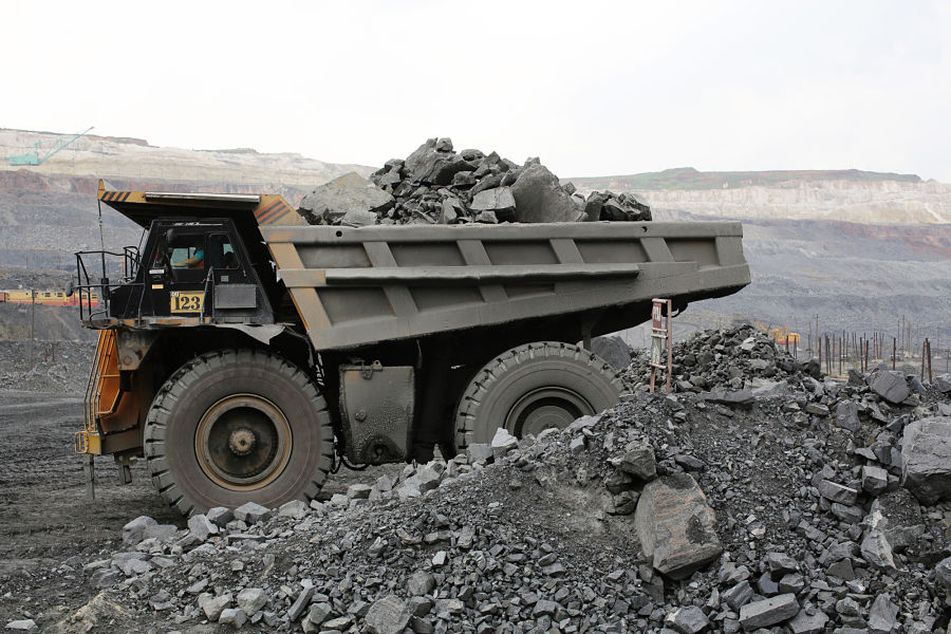Advisers weigh the appeal of the commodity rally

As commodity funds post double-digit gains this year, some advisers wonder if it's too late to join the party.
As the bad news about inflation continues to trickle out month after month, some financial advisers are finding a safe haven in commodity funds that have generated impressive gains over the past 15 months.
With the latest inflation data showing the consumer price index up 1.2% in March and posting a 12-month rise to a 40-year-high of 8.5%, the challenge now is whether it’s too late to join the commodity rally.
“We unfortunately bailed on our commodity funds in January, as we thought interest rates were in the process of topping out,” said Dennis Nolte, vice president of Seacoast Investment Services.
“Our decision to sell was premature, obviously,” he added. “We’re looking at reentering at some point, but I think it’s time to wait. But this commodity cycle reminds us of the ’70’s, meaning we like the asset class going forward, just not at this price.”
The near-term perspective is that commodity prices have already peaked for the current inflation cycle and that the ride is coming to an end, said Paul Schatz, president of Heritage Capital.
“I think it’s way too late for investors to adopt an inflation bent to their portfolios,” Schatz said. “The easiest money has been made, and now oil and commodities are back to a choppier, buy-weakness-and-sell-strength environment.”
But even if one is optimistically expecting inflation to subside, the recent performance of popular commodity funds could be too much for some investors and advisers to resist.
For example, the $8.3 billion Invesco Optimum Yield Commodity ETF (PDBC) is up 31.2% so far this year following a 41.9% gain last year.
Other examples include the much smaller $56.8 million iPath Pure Beta Broad Commodity ETN (BCM), which is up 25.9% this year after gaining 30.3% last year. The six-month-old $60 million Hartford Schroders Commodity Strategy ETF (HCOM) is up 32% this year.
“We are utilizing one-stop shop commodity ETFs and funds with a respectable 5% allocation in most of our all-weather allocated balanced portfolios to help add alpha and reduce beta overall,” said Jon Ulin of Ulin & Co. Wealth Management.
“Our core commodity funds are up 30% year to date, and 20% per year for three years rolling,” Ulin added. “As part of our core-satellite approach, we believe it prudent to hold less than 10% of trending tactical sectors and not bet the farm.”
In addition to not betting the farm, Todd Rosenbluth, head of research at ETF Trends, advises keeping commodity exposure as diverse as possible.
“Instead of trying to pick individual winners in the commodity space, use a fund that gives you broad market exposure,” Rosenbluth said. “Advisers are looking for alternatives given the inflationary environment and rising rate environment, and commodities can play a core role in a portfolio. The trend has been your friend with commodities.”
Jason Bloom, head of fixed-income alternative ETF strategy at Invesco, concurs with the direction of the trend and said financial advisers should be stepping back and looking at the bigger picture for commodities.
Whether it’s related to fossil fuels or the transition to newer forms of energy, Bloom said all roads lead to supply shortages for commodities, which is good news for commodity investors.
“Longer-term factors related to an energy transition away from fossil fuels is consistently building demand for the industrial metals that will be consumed as the global transportation fleet is completely remade,” he said. “That is a massive infrastructure spend as they try to completely rebuild the global power grid that took 150 years to build in just 20 or 30 years.”
Bloom cites estimates that by the year 2030, the demand for copper related to the production of electric vehicles will be 10 times what it is today.
“That’s the demand for metals to build electric vehicles that use four times more copper than internal combustion engines,” he said. “And it takes 10 to 15 years to permit a new copper mine. So you can see the problem here. It will be very difficult for supply to meet demand.”
The ultimate irony is that the growing demand for so-called cleaner energy requires even more fossil fuels to help make the transition, Bloom said.
“You need all these metals to build the renewables, but you also need tremendous fossil fuels to accomplish the energy transition,” he said. “Demand continues to grow globally and we’re cutting off supplies of fossil fuels. It all bodes well for commodities.”
Learn more about reprints and licensing for this article.








